SLVUC69 May 2021
4 Board Layout
Figure 4-1 and Figure 4-2 show the top and bottom assembly. Figure 4-3 and Figure 4-4 show the top side and bottom side 3D view. Figure 4-5 to Figure 4-8 show the layout of the EVM.
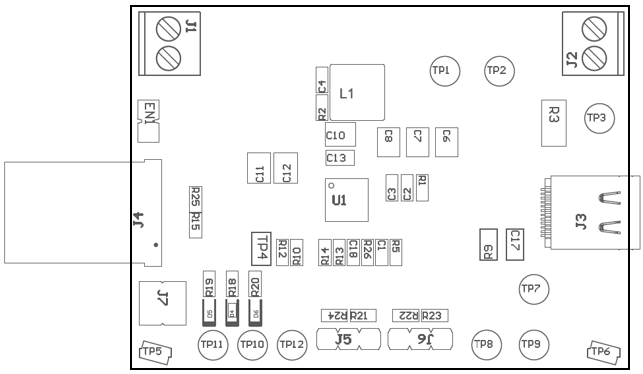 Figure 4-1 Top Side Assembly
Figure 4-1 Top Side Assembly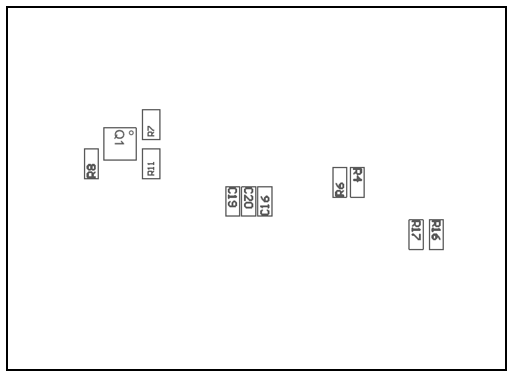 Figure 4-2 Bottom Side
Assembly
Figure 4-2 Bottom Side
Assembly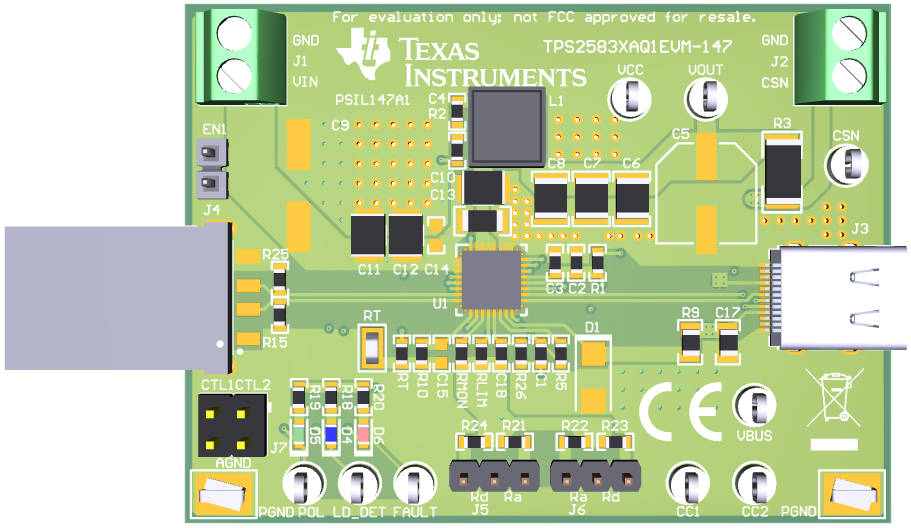 Figure 4-3 Top
Side 3D View
Figure 4-3 Top
Side 3D View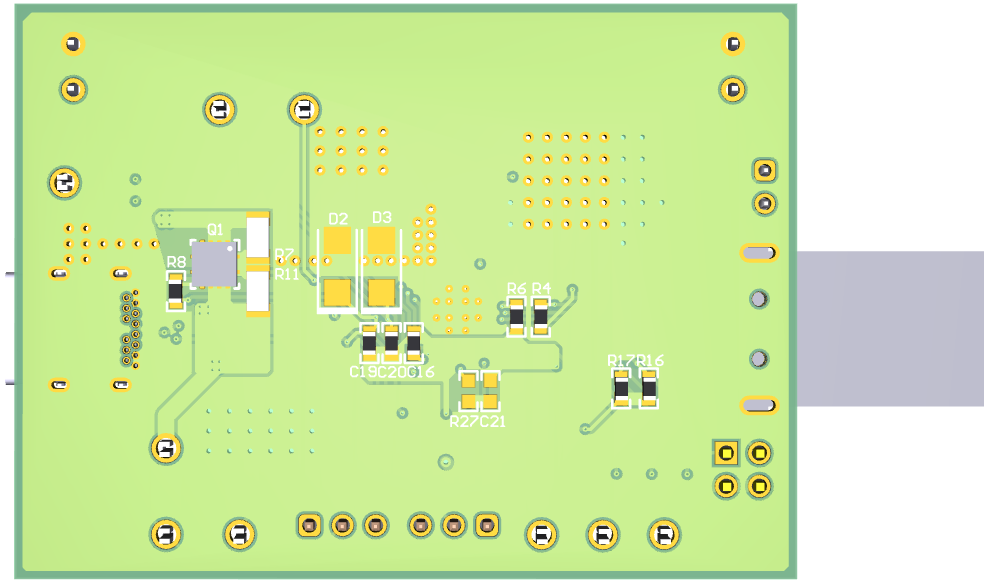 Figure 4-4 Bottom Side 3D
View
Figure 4-4 Bottom Side 3D
View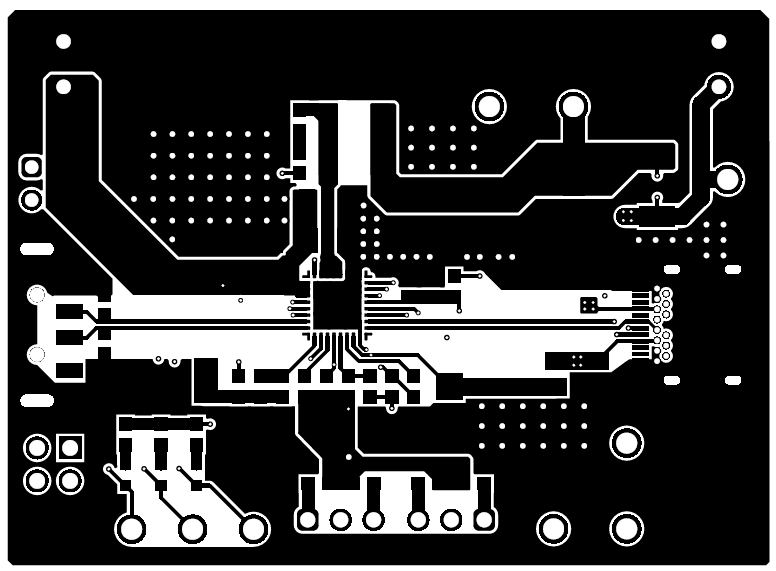 Figure 4-5 Top
Layer Layout
Figure 4-5 Top
Layer Layout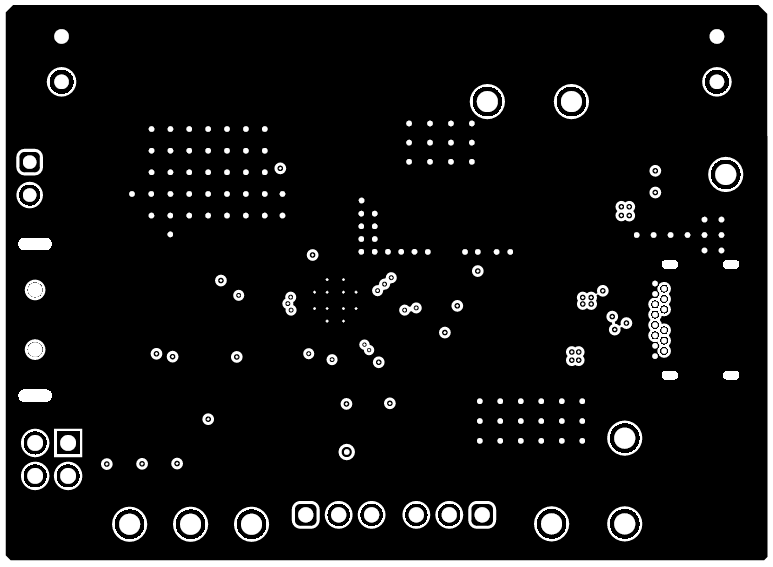 Figure 4-6 Middle Layer 1 Layout
Figure 4-6 Middle Layer 1 Layout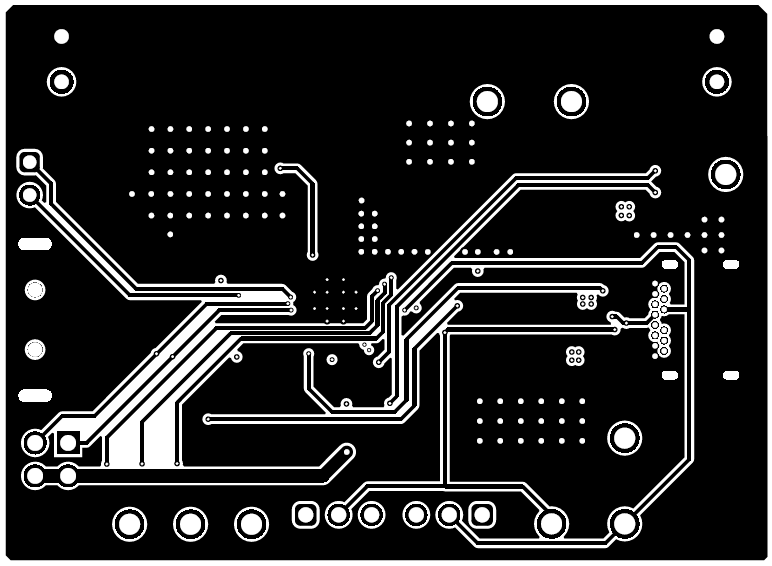 Figure 4-7 Middle Layer 2 Layout
Figure 4-7 Middle Layer 2 Layout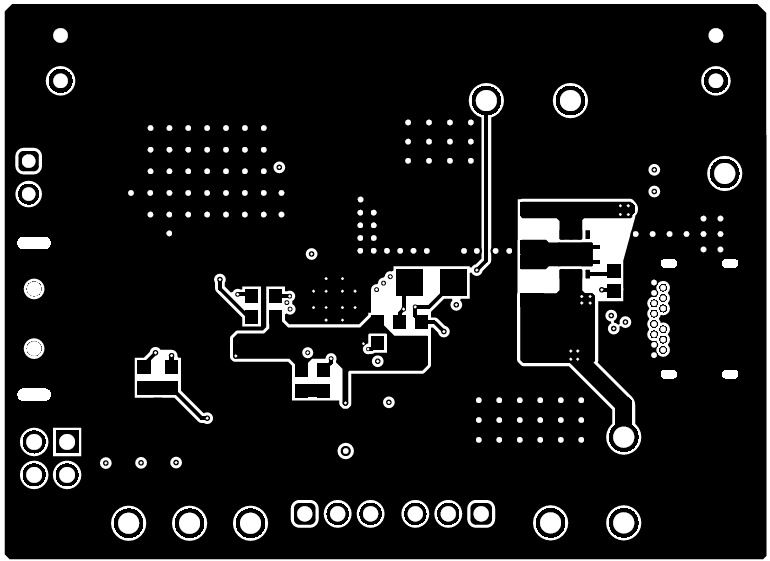 Figure 4-8 Bottom Layer Layout
Figure 4-8 Bottom Layer Layout